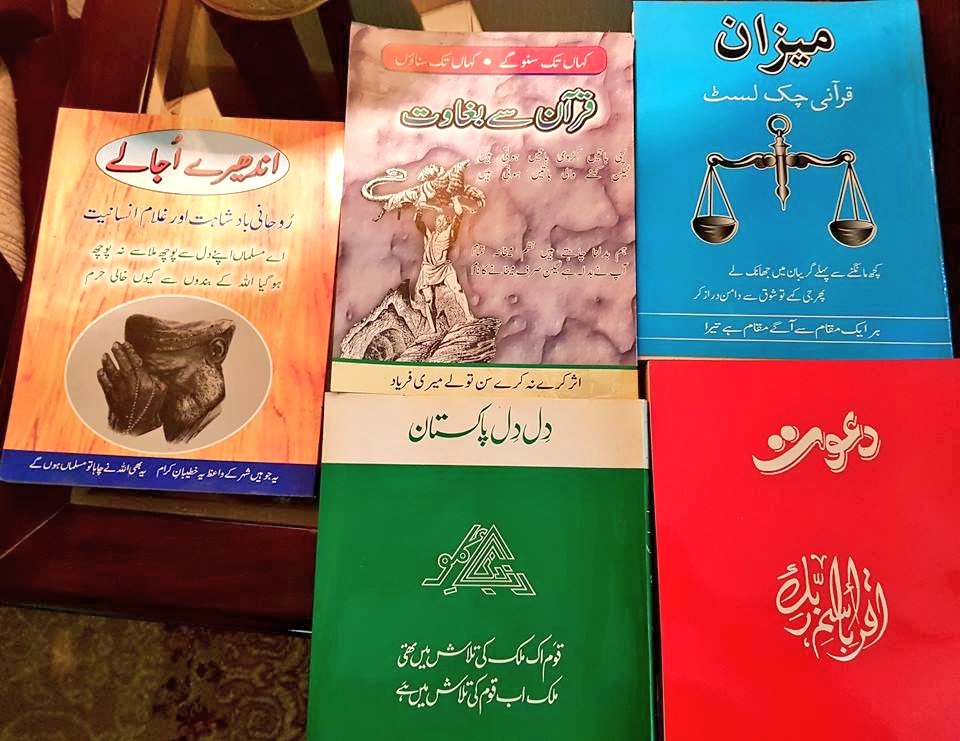
China is a superpower, economic & political, & also Pak’s time-tested neighbouring friend. By mutually beneficial cooperation, which creates a win-all situation, without putting either at a disadvantage, both 🇵🇰 & China will gain from China-Pakistan Economic Corridor (CPEC).(1/n) 

2. Cooperation is a key concept in the global economic world today. The world GDP values $87.8T (2019). However, this has been marked by intricacies. China’s economy has a 16.3% share of the global GDP (pre-COVID), second only to the United States.
3. The trade war between the 2 economic giants further intensified to get deeper control. This made @Lagarde, the previous managing director of the @IMFNews, to urge de-escalation of trade disputes as it would trigger an economic slowdown. 

4. A shift from globalisation to the new global economy has led to the development of Global Value Chains (GVCs) i.e., breaking up of production process so different steps are carried out in different countries.
They are important because...
They are important because...
5. ... they provide economic opportunities to developing countries for trade specialisation and strengthening their competitive advantage. In addition, as GVCs strengthen, the factor of ‘dependency’ and therefore, relevance to ‘cooperation’ increases.
6. For smaller economies to fully benefit from GVCs & not be left in a disadvantaged position, reduced trade tariff is among the most important factors. One validated model of establishing this is trade blocs & economic corridors.
This is where CPEC comes in.
This is where CPEC comes in.

7. Countries like China have undertaken sub-regional steps. Examples of this would be the Nanning-Singapore Economic Corridor & CPEC.
It is a long-term infrastructural project & part of China’s ‘One-Belt, One-Road’ global initiative.
@ASEAN @CaexpoOnline
It is a long-term infrastructural project & part of China’s ‘One-Belt, One-Road’ global initiative.
@ASEAN @CaexpoOnline
8. It connects Southern Chinese city of Kashgar to Gwadar Port through multiple nodes & several passages. Co-financed by Beijing & Islamabad, it is valued at $62B & includes projects for road & railways network, energy, sea-port development & economic zones. 

9. The benefits for Pakistan are many — CPEC brought the largest-ever amount in FDI at a time when Pakistan’s reserves were a historic low. With reference to infrastructural development, Pakistan would have faced severe challenges in undertaking the projects independently.
10. Why Pakistan would have faced challenges is for two reasons; one, the high cost involved & second, technical expertise and experience that China brings to the table. In addition, it vows to create 700,000 jobs between the years 2015-2030.
11. A school of thought that questions CPEC’s role argues about the financial feasibility — will Build-Operate-Own-Transfer be indeed the model used, entailing China investing in Pakistan or due to limited lucrativeness, would Pakistan be taking ‘concessional loans’?
12. The second question is: how equipped is the local industry to compete with or even support Chinese contractors? Would CPEC then actually be an impetus for economic growth or further slow down local activity?
These are all fair questions to be asked.
These are all fair questions to be asked.
12. The second question is: how equipped is the local industry to compete with or even support Chinese contractors? Would CPEC then actually be an impetus for economic growth or further slow down local activity?
These are all fair questions to be asked.
These are all fair questions to be asked.

13. China benefits from direct access to Pakistan’s port, cutting its trade route from 16,000km to under 5,000km (Shanghai to the Strait of Malacca). Also, Pakistan has the opportunity for infrastructural development, economic growth & benefiting from their technology.
14. With CPEC entering its next phase, tax exemption for Gwadar’s economic zones are legally in place, agreements for two hydroelectric power plant projects (around $4B in cost) have been signed, and the Mainline-1 Railway Project has been approved as a revised cost of $6.8B. 

15. However, this completely depends on Pakistan’s take — Will matters of transparency that surfaced during the last regime be curbed and handled in an exemplary manner? More importantly, how does Pakistan plan to use CPEC to its advantage in the global political order?
16. PM @ImranKhanPTI's second visit to China in 2019 secured a $6B economic package & an additional package of $3B for #CPEC. This trip also saw agreement on up-gradation Karachi-Peshawar railway line & launching of the second phase of Free Trade Agreement and dry port. 

17. Saudi Arabia’s willingness to join CPEC as an investor substantiates the opportunity & @PTIofficial focus on facilitating the project shows this government's seriousness about the project as well.
If Pakistan wants to make it a game-changer, the people have a role to play.
If Pakistan wants to make it a game-changer, the people have a role to play.

18. The right questions need to be asked:
1. What opportunities shall open up for the SME sector of Pakistan?
2. How will a local businessman be secured & given the room to grow?
3. What job opportunities will we be able to create for the graduates & youth of our country?
1. What opportunities shall open up for the SME sector of Pakistan?
2. How will a local businessman be secured & given the room to grow?
3. What job opportunities will we be able to create for the graduates & youth of our country?
19. It is important we gear ourselves with the desire to put Pakistan first; national interest over self-interest.
Pakistan can make CPEC a tool to accelerate its economy & realign its political positioning.
Are we ready to #CPEC? I sure hope we are.
#Pakistan Zindabad!
Pakistan can make CPEC a tool to accelerate its economy & realign its political positioning.
Are we ready to #CPEC? I sure hope we are.
#Pakistan Zindabad!

• • •
Missing some Tweet in this thread? You can try to
force a refresh



















